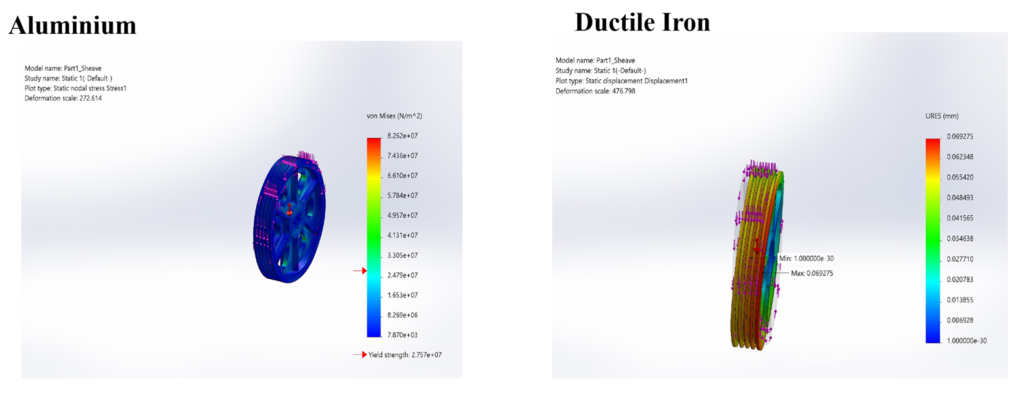Minor Projects
Topic: Assessment of Nitrate Concentration level in the Back Bay Fens River, Boston, MA.
In our group project conducted from November 2022 to December 2022, the focus was on environmental sampling and analysis to assess nitrate concentration levels in the Back Bay Fens River in Boston, MA. With a carefully formulated hypothesis suggesting that nitrate concentrations would increase downstream, we embarked on a systematic data collection effort. Over the course of three consecutive weeks, three samples were collected from each stream on a weekly basis, adhering to a rigorous sampling schedule. The group worked collaboratively to ensure precision and consistency in the sampling process, considering factors such as time of day, weather conditions, and upstream anthropogenic activities that might influence nitrate levels.
To our surprise, the results of the analysis contradicted our initial hypothesis. Rather than observing higher nitrate concentrations downstream, the data revealed consistently lower nitrate levels in the downstream samples compared to those collected upstream. This unexpected outcome prompted the group to critically reassess our initial assumptions and delve deeper into potential contributing factors. Through collaborative discussions and a thorough review of the sampling methodology, we identified variables such as local sources of nitrate removal or dilution downstream that could explain the observed pattern. The experience not only highlighted the importance of adapting to unexpected findings in scientific research but also underscored the value of teamwork in analysing and interpreting complex environmental data.
Topic: Proposing a CAD model for a Prosthetic Leg
During the project conducted from August 2021 to December 2021, my focus was on proposing a sophisticated Computer-Aided Design (CAD) model for a prosthetic leg, uniquely crafted from recycled Acrylonitrile Butadiene Styrene (ABS). This endeavor involved an in-depth exploration of prosthetic devices and materials, with a specific emphasis on the feasibility of utilizing waste ABS as a sustainable and cost-effective material for prosthetic leg production. My technical analysis considered the mechanical properties, durability, and adaptability of ABS, aiming to integrate environmental sustainability with functional efficacy in the prosthetic design.
The subsequent phase involved the meticulous development of the CAD model using SOLIDWORKS, a state-of-the-art design software. This intricate model underwent Finite Element Analysis (FEA) to rigorously assess structural integrity and performance, facilitating a data-driven comparison with results obtained from other materials. The technical rigor applied during the FEA process allowed for an objective evaluation, leading to the conclusive determination that ABS plastic emerged as the most suitable option for the intended prosthetic leg application. This synthesis of sustainable material science, CAD modelling, and FEA analysis underscored the project’s commitment to advancing innovative solutions within the realm of prosthetic limb design.
Topic: Research and Analysis of a mechanical component
In the machine design case study, our group focused on the identification and transformation of a key component from the syllabus into a 3D model, specifically honing in on a rope pulley system employed as a traction sheave. Collaboratively, we meticulously adhered to machine design principles to create a detailed 3D model of the traction sheave using computer-aided design (CAD) software. This model encapsulated the specific requirements, including dimensions, materials, and attachment to the motor shaft, providing an accurate representation in a virtual environment.
Subsequently, as a group project, we delved into the Finite Element Analysis (FEA) process, subjecting the 3D model to simulation using appropriate software. This phase allowed us to analyse stress, strain, and other mechanical properties under various conditions, offering valuable insights into the structural behaviour of the rope pulley system. To enhance the depth of our study, we collectively simulated two different materials—Aluminium and Ductile Iron—for the rope pulley system, with a keen focus on differentiating their performance based on FEA results. The comprehensive comparison highlighted significant differences, showcasing Ductile Iron as the superior choice due to its higher physical and chemical properties. Our collaborative effort in both the 3D modelling and FEA stages underscored the importance of material selection in ensuring the safety and efficiency of machine components, particularly in critical applications such as traction sheaves.
